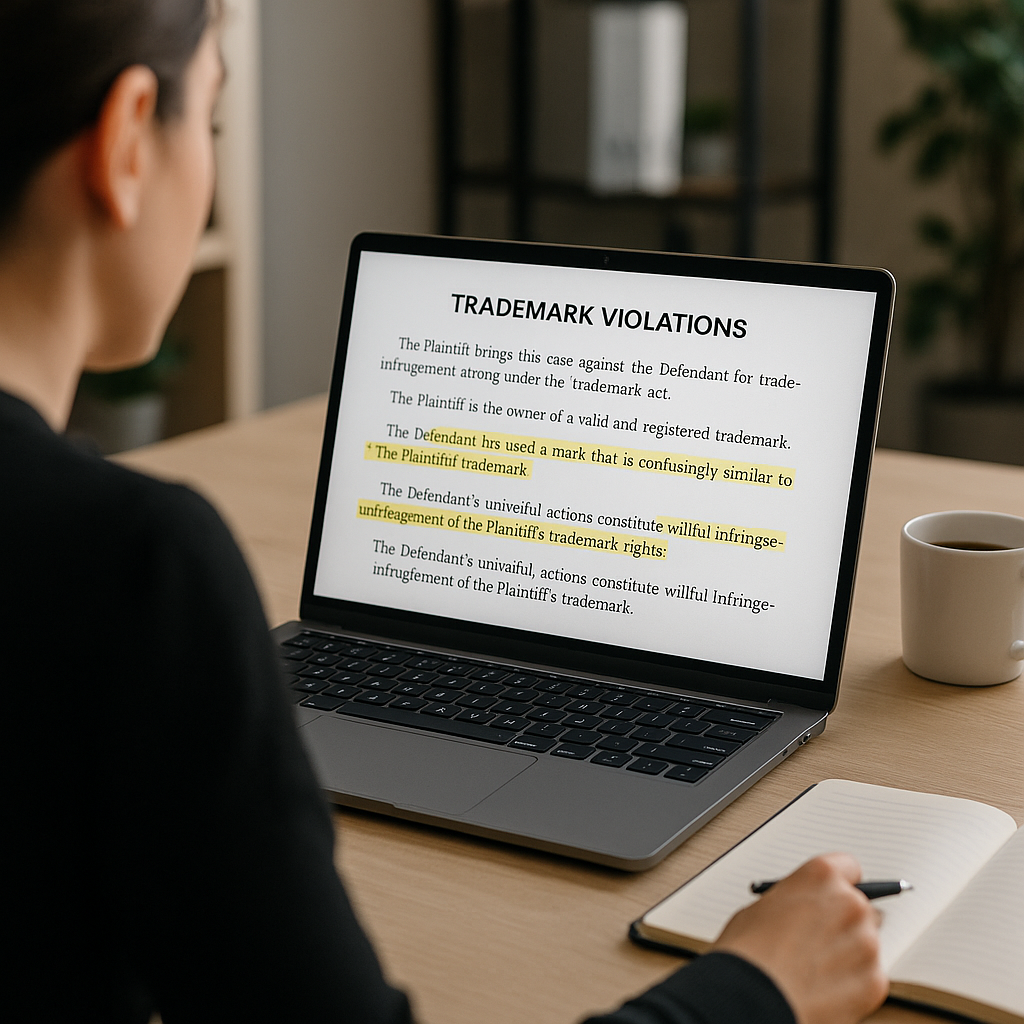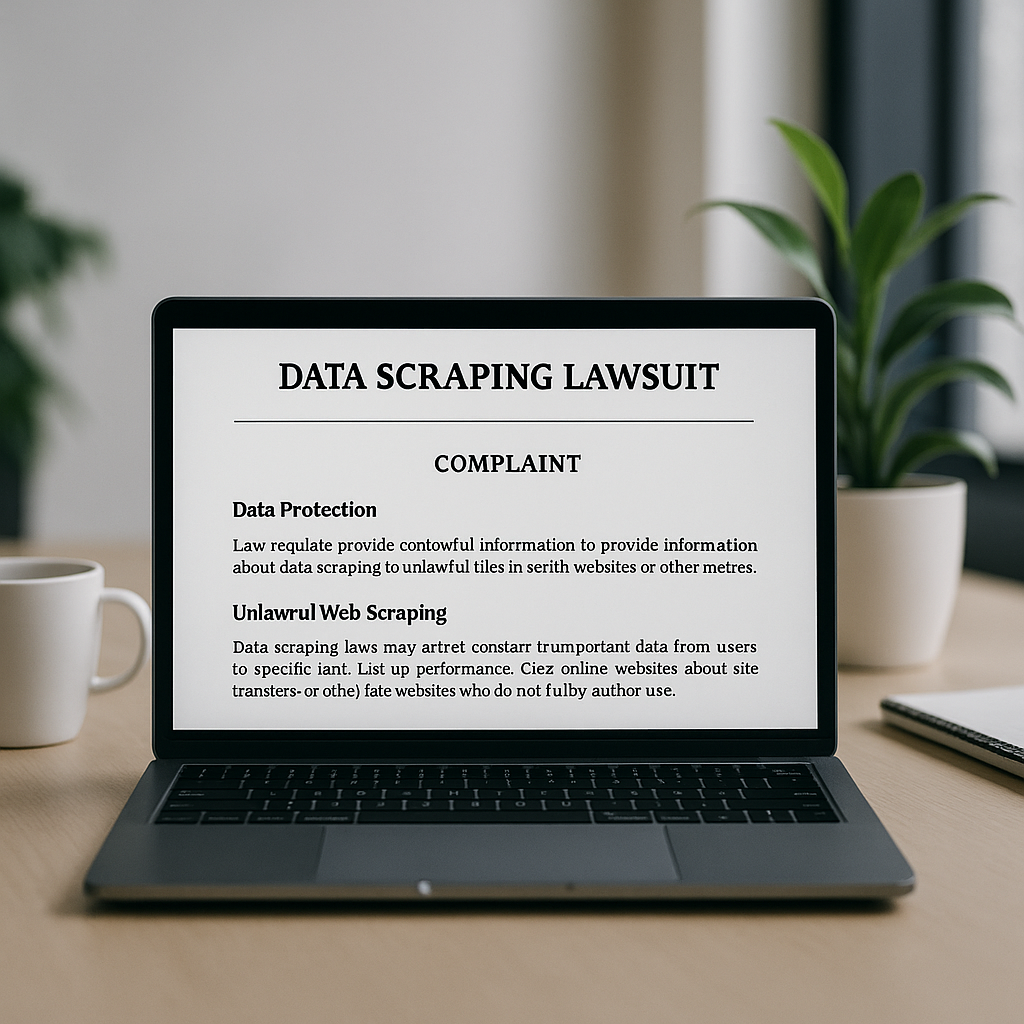# Finding the Best Budgeting App: Your Mint Alternative Guide
As a business decision-maker or entrepreneur, managing your finances is crucial for success. Whether you’re tracking personal expenses or keeping a close eye on your business expenditures, a reliable budgeting app can make all the difference. Given the recent news of Mint shutting down, many of us are searching for alternatives that can offer the same level of service and reliability. At Best Choice, we understand the importance of having the right tools in place for financial management, and we’re here to help you navigate this shift.
In this article, I’ll share insights into some fantastic alternatives to Mint that you may want to consider. I’ve done the research, tested various applications, and provided a detailed look at each one to help you choose the right budgeting app that suits your needs.
Best Budgeting Apps to Replace Mint
### 1. Quicken Simplifi: A User-Friendly Experience
Quicken Simplifi stands out as my top recommendation. Its simple user interface allows for quick navigation while providing a comprehensive overview of your financial health. You can easily track your income, expenses, and upcoming bills in one place.
For entrepreneurs, it’s essential to set financial goals, and Quicken Simplifi helps you manage this feature seamlessly. You can set savings goals, categorize expenses, and view regular income rates. It even includes a feature that allows you to review transactions and mark them as anticipated refunds, providing a layer of visibility on your finances.
Furthermore, Simplifi integrates with various financial institutions, simplifying the process of managing your accounts. However, keep in mind that it lacks Zillow integration for tracking real estate values, which could be vital if property is a significant part of your financial portfolio.
### 2. Monarch Money: Granular Control
Monarch Money, founded by a former Mint product manager, is worth considering if you prefer a more detailed approach to budgeting. With its comprehensive balance sheets and forecast features, Monarch provides a detailed look into your financial scenarios.
For example, if you own a café or a retail store, Monarch Money can help you analyze spending patterns over time, forecast future earnings, and set budgets that reflect realistic operational costs. While the setup may be a bit more complex, the granularity of insights you receive makes it well worth the effort.
### 3. Copilot Money: Stunning Visuals and Integration
If aesthetics and user experience are vital for you, Copilot Money may be your best bet. With a visually appealing interface, it does well to highlight recurring expenses and provides insightful visualizations of your financial data. As a bonus, Copilot integrates with Amazon and Venmo, ensuring a more holistic view of your financial transactions.
While currently only available on iOS and macOS, they’re working on expanding to Android and web applications. If you’re running an e-commerce business, Copilot’s ability to integrate with various platforms can make expense management smoother and more convenient.
### 4. NerdWallet: Free and Informative
For those looking for a free budgeting solution, NerdWallet is an excellent choice. While it does include ads, it provides all the essential features without the need for a subscription. You can easily monitor your cash flow and credit score, which is particularly useful for entrepreneurs seeking to maintain healthy finances.
In practical terms, a startup aiming to expand can benefit from NerdWallet’s weekly insights, which inform you about your spending habits and how they stack up over time.
### 5. YNAB (You Need a Budget): For the Proactive Planner
YNAB takes a unique approach to budgeting with its zero-based budgeting system, which forces you to allocate every dollar you earn to a specific expense or goal. This method might take some getting used to, especially for those who prefer a more relaxed budgeting style.
However, for businesses that have fluctuating income streams, such as seasonal sales, YNAB could provide valuable control over cash flow. It ensures that you always have a purpose for your money, helping you prevent overspending.
Transferring Data from Mint
If you have been using Mint and are ready to switch, you’ll need to migrate your financial data. Unfortunately, this process isn’t as straightforward as in-app transfers. Instead, you’ll have to export your transaction data manually. Follow these steps:
– Sign in to Mint.com.
– Navigate to the Transactions section.
– Select the accounts you wish to export.
– Look for the “export transactions” option and download your CSV file.
This manual effort can seem cumbersome, but it’s crucial for ensuring your financial history carries over to your new app of choice.
Conclusion
Finding the right budgeting app to replace Mint can feel overwhelming, but it’s essential to choose one that fits your specific needs as a business leader. Each of the alternatives I discussed offers its own strengths based on functionality, user experience, and specific business needs.
At Best Choice, we’re here to guide you through this transition. Whether you need assistance in setting up your new budgeting app or you’re looking for custom-built IT solutions to manage your finances, please don’t hesitate to reach out. Let us help you streamline your financial management today!





